Magnetophones in the USSR
Содержание
Listening to music has always been an interesting pastime, but far more curious has been the history of particular devicesused to play the tracks. In the Soviet Union, there were not so much It was not a question of compactness and ease of use.
About how the Union first came to be. cassette tape recorders, why they were considered deficit and which ones sounded the best will be discussed in this article.
ИThe history of tape recorders in the USSR
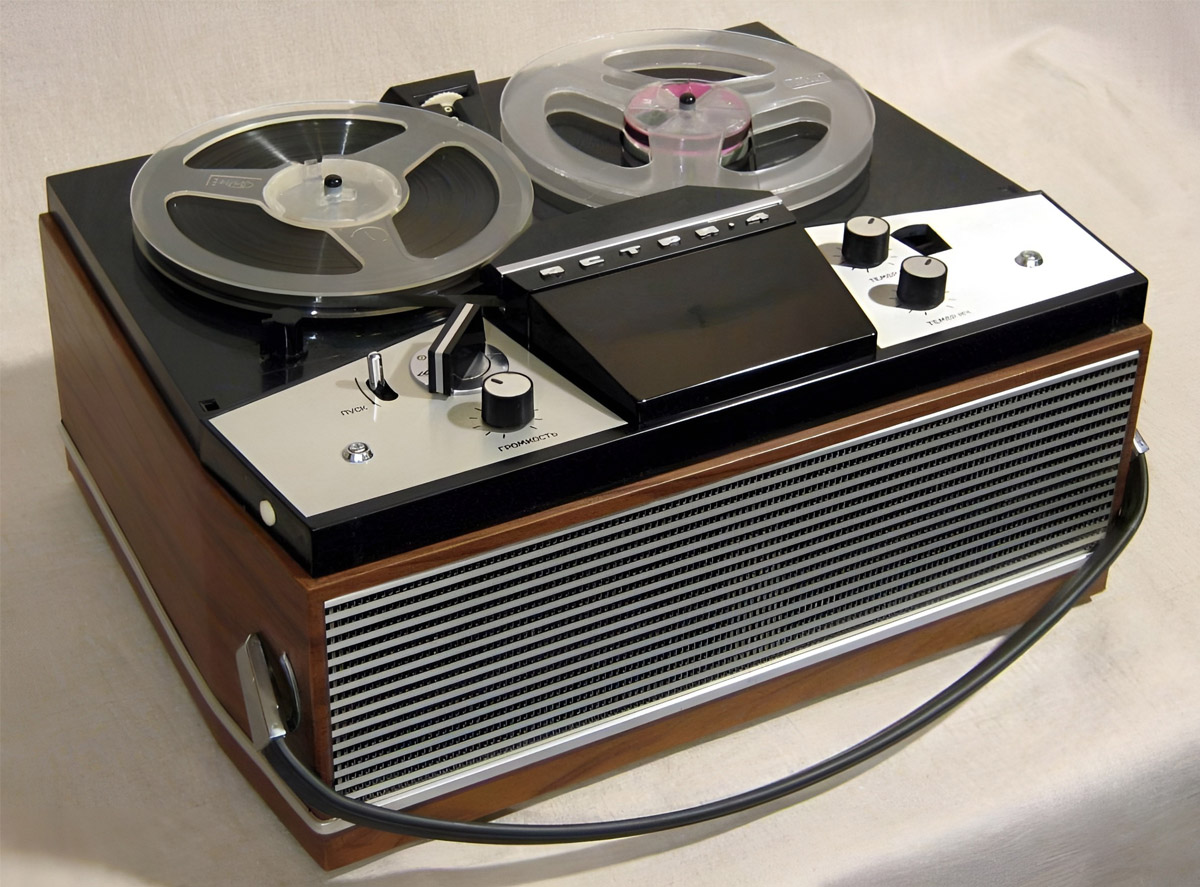
For the Soviet people, it was a little available ways of listening to your favourite music. Players were not in every house, because such equipment cost a lot of money, and quality vinyl records were not available either. Reel-to-reel tape recorders appeared a little later, and, although they were a scarce commodity, they were still a more acceptable at a price for the Soviet people. The mass production of bobinniki in the late 60s soon ceased, as they were replaced by more mobile ones cassette tape recorders.
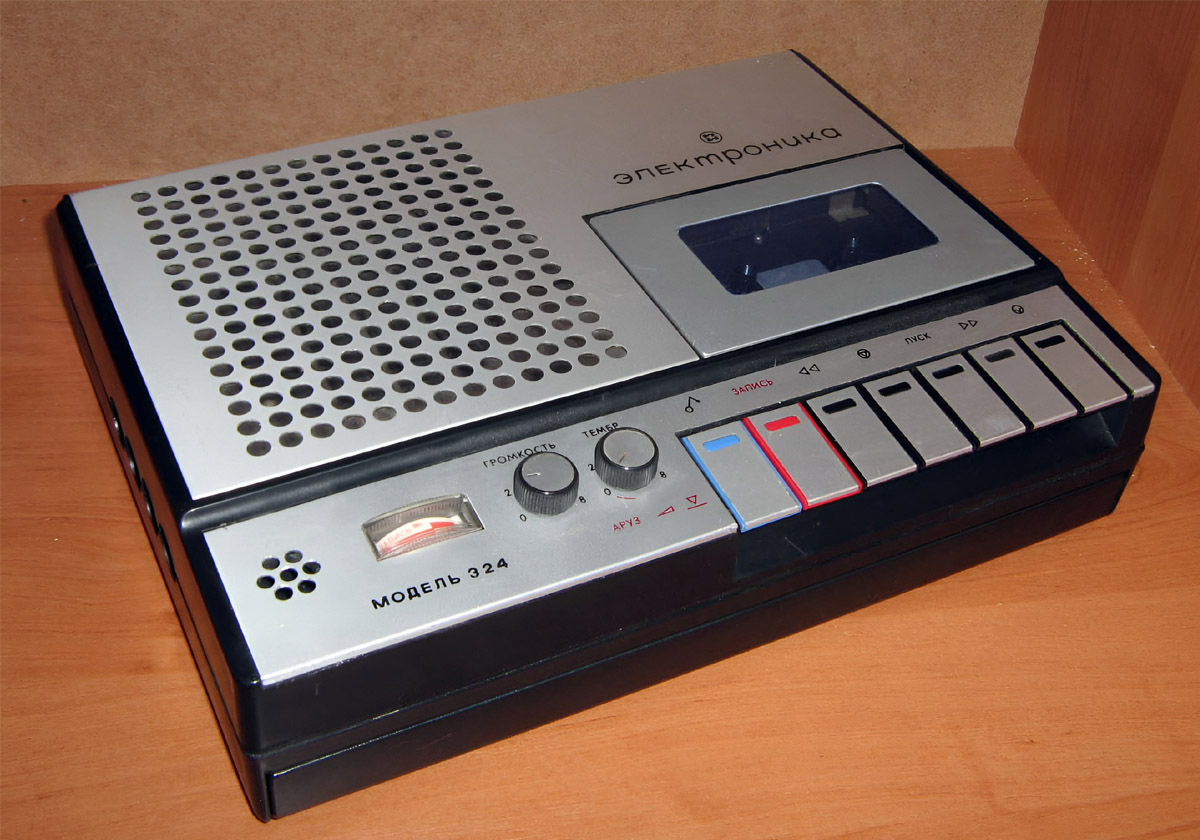
For a long time, the USSR did not bring innovations into music-playing technology, but after Philips created the first cassette recorder, Soviet technicians were tasked with making something similarand it became first a step in the history of the appearance and popularisation of tape recorders in the Union.
"Desna" is the most popular item.
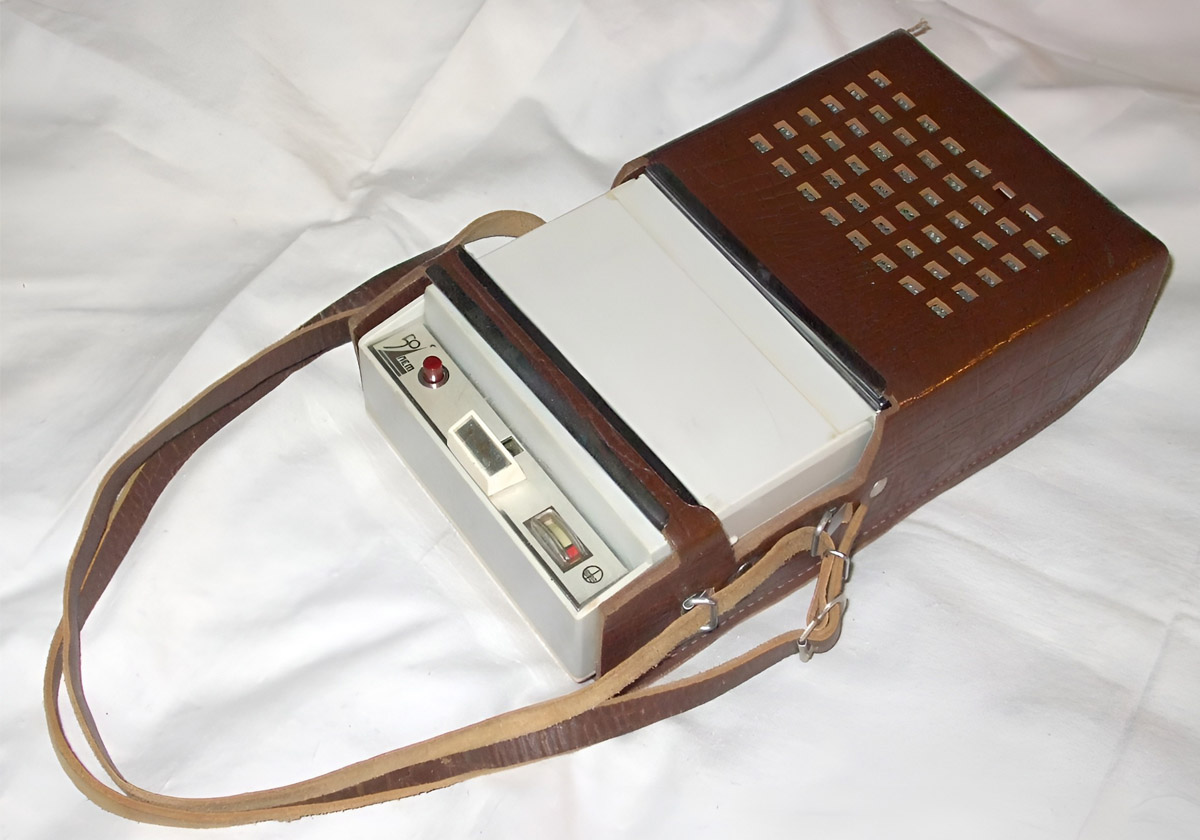
The first Soviet cassette recorder is considered to be the "Desna."It was produced in Kharkov in 1969. Its prototype was the Philips, which had come out six years earlier, but Soviet engineers were trying to incompletely copy the device of a foreign model, but make your own adjustments.
Desna was different in many ways internallyFor example, the amplifier in a Soviet tape recorder was more powerful than in an imported one. К merits The new model had a motor speed stabiliser, increased number of transistors and number of volts for tape recorder operation. In addition, the Desna had a higher mass than the foreign prototype: additional batteries were necessary for a better operations devices.
A significant disadvantage of the tape recorder was. priceHowever, after a while, after the appearance of other, more expensive models. However, some time later, after the appearance of other, more qualitative models, Soviet people no longer needed an expensive gadget, which was a real thing for its time breakthrough.
It's not just Desna - what cassette players have appeared since
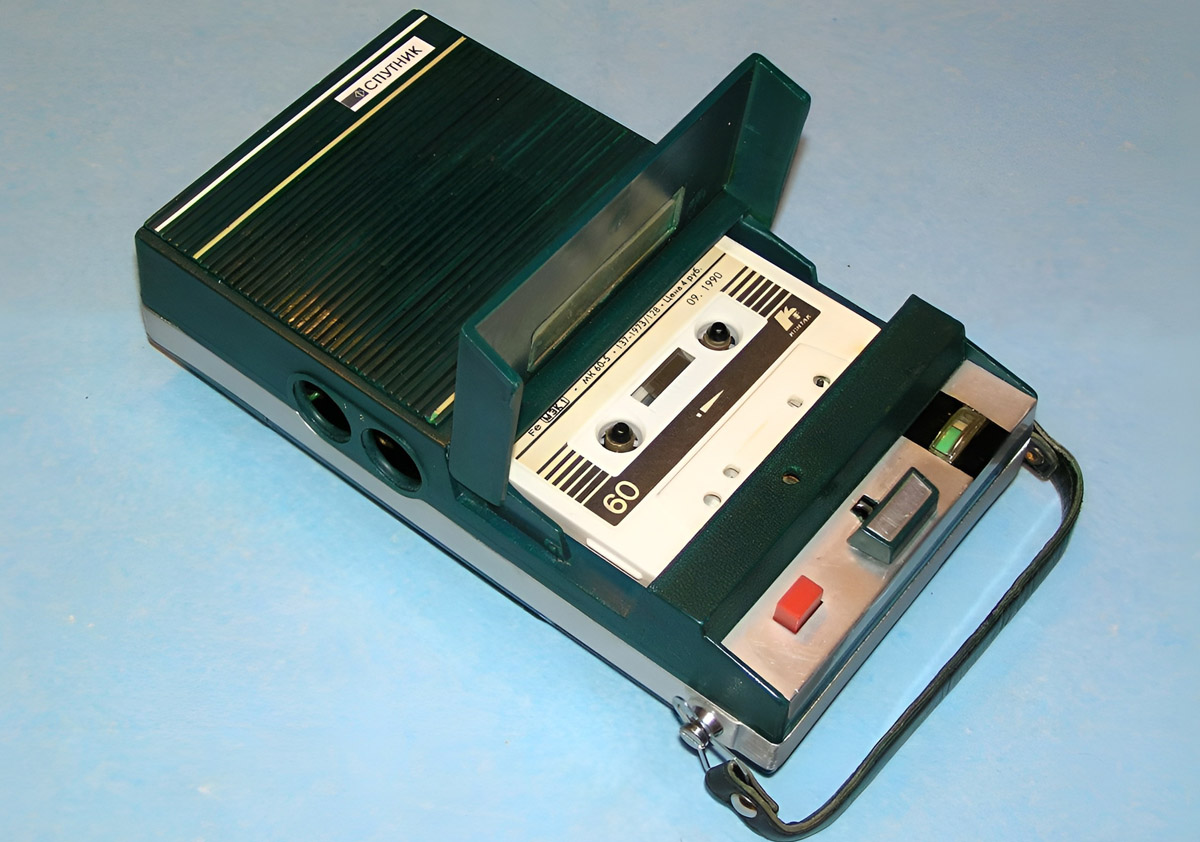
Almost. decade It took Soviet engineers to create cassette players of acceptable quality. All this time, the technique was improved, and the Desna was replaced in the early 70s by the "Sputnik-401."It was based on the development of the previous tape recorder. Together with "Sputnik" the mass production was launched "Legend-401."created by the Arzamas Instrumentation Plant.
The new generation of cassette players was characterised by a much more best with sound. In addition, tape recorders could now play back a recording at second speed and even serve as a radio.
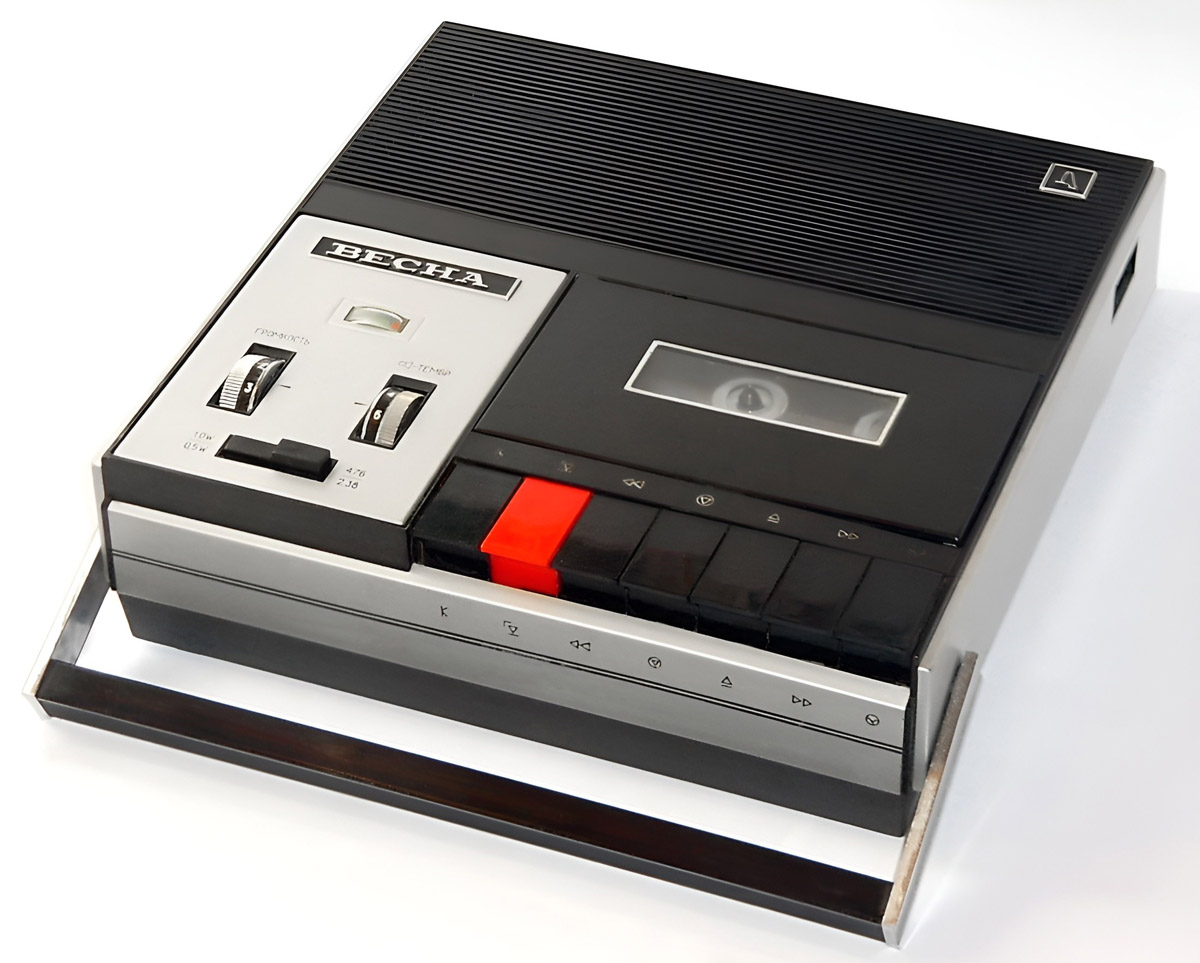
The evolution of tape recorders took place steadily, and the familiar "Sputnik" and "Legend" were replaced by a cassette player named "Spring."produced by the Zaporozhye factory. It was supposed to have the original contactless engine, but development had to be delayed because Soviet citizens demanded something in lieu of In a hurry, the technicians left the traditional Japanese "stuffing" in the "Vesna-305". A few years later, a cassette player with a new engine was still created and was named "Spring-306.". Improved features allowed this tape recorder to run longer without plugging in.
But still. main The Vesna's advantage is rightly considered to be the ribbon pulling mechanism. It was developed by Soviet engineers, who thus made the Vesna best portable cassette player: when it was moved, the sound was played without interference.
Vesna tape recorders became prototype for subsequent cassette recorders. The Perm plant began to produce "Ritm", "Romantik" and "Elektronika" tape recorders on the basis of already existing models. It was only towards the end of the 70s that "Vesna" got a new vision: there were improved "Vesna-201 stereo" and "Vesna-211 stereo" with outstanding equipment.
In the mid-80s, a cassette player was created under the influence of foreign "boomboxes" "Vesna-310C"who had additional features: ability to record mono and stereo formats, automatic recording level adjustment, automatic playback stop in case of cassette malfunction, as well as the first noise cancelling system.
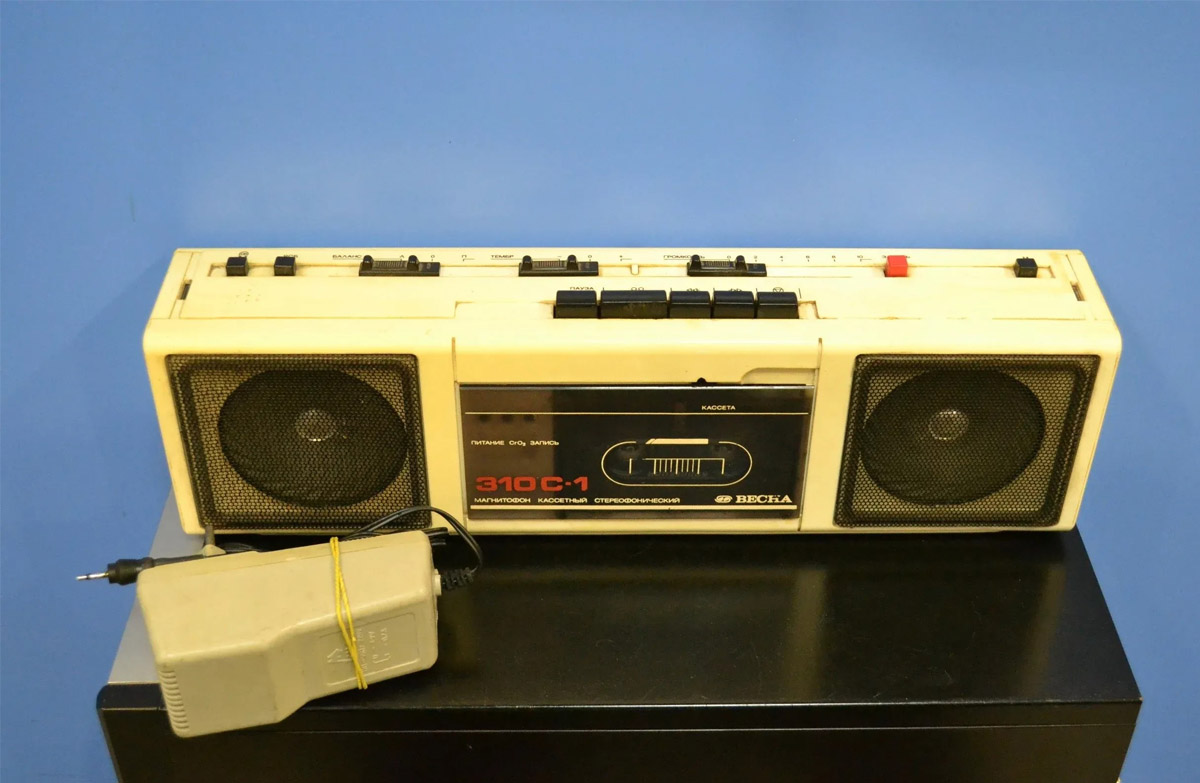
For real. "popular" a tape recorder was also considered to be a tape recorder produced by the TochMash plant in Moscow. "Electronics-301.". It, like the "Vesna", was equipped with a robust tape puller. The next model, Elektronika-302, had the possibility of a better reproductions thanks to the built-in loudspeaker, but sometimes such models, in addition to the domestic functionality, incorporated the foreign components, which only improved the sound of "folk" cassette players.
Nostalgia trumps trends
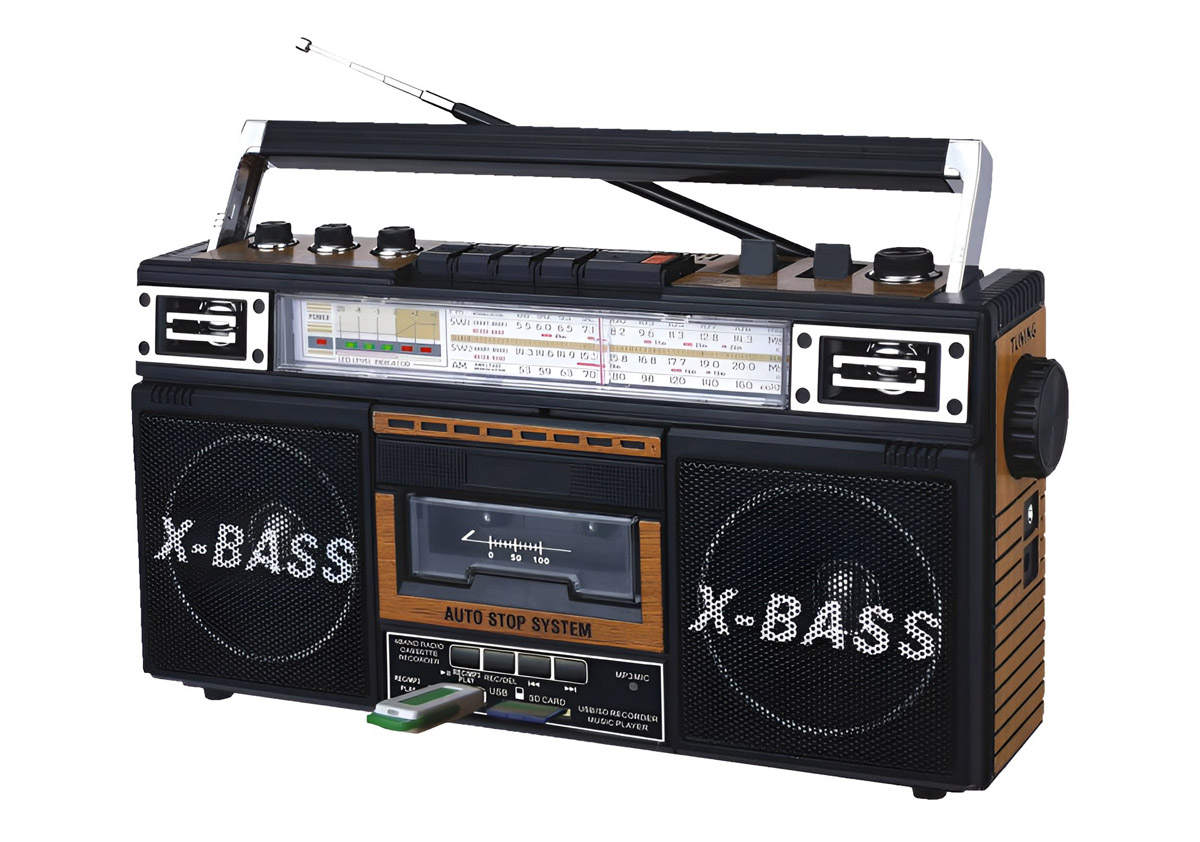
Despite the fact that cassette recorders are out of the widespread With the collapse of the Soviet Union, fans of retro-technics still cherish rare cassette players. Some of them simply remain a good memory and are now used as a décorand many are still doing it even now. reproduce favourite hits.
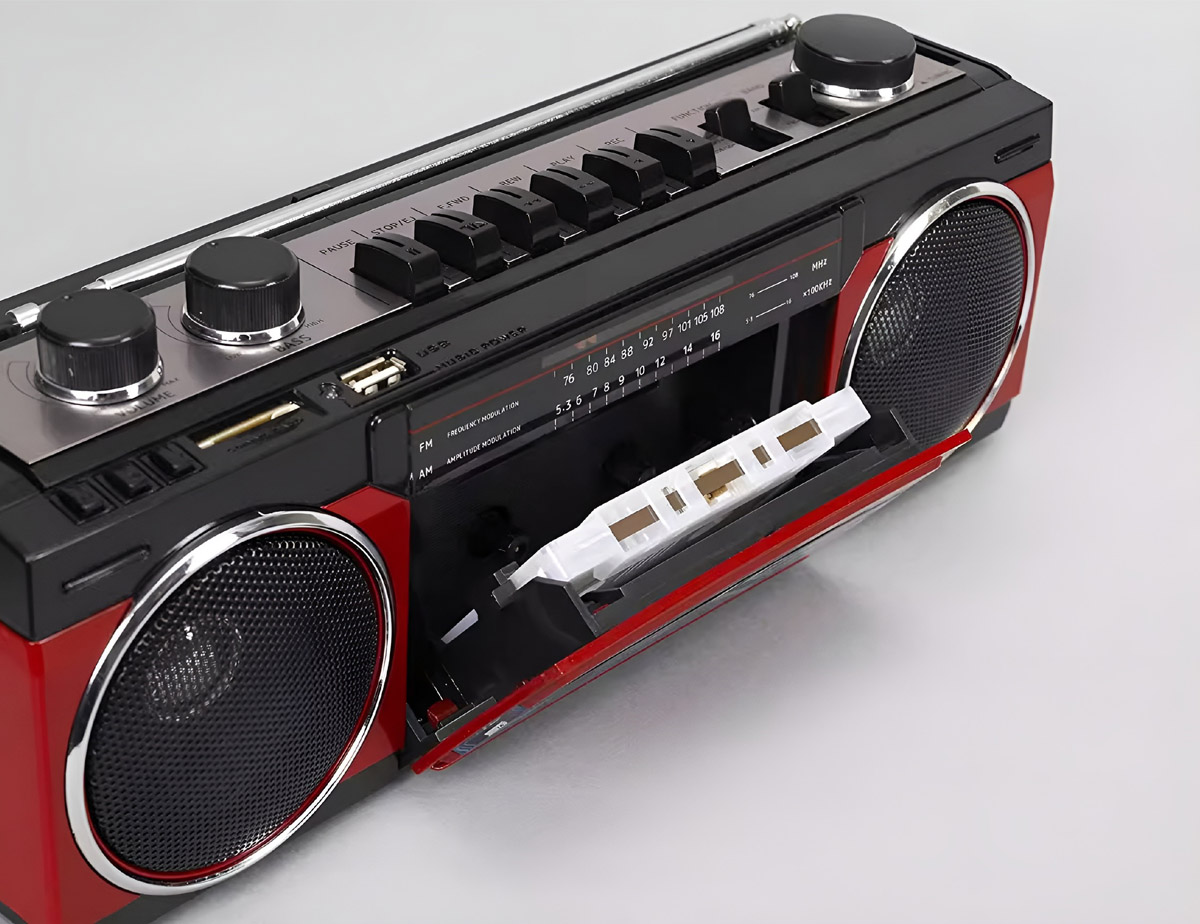
Nostalgia for bygone times makes music lovers either buy cassette tapes at flea markets or search for them alternative. In the vastness of the Internet there are many offers with the sale of cassette recorders, slightly improved . modern devices such as a memory stick slot or Bluetooth access, but according to true connoisseurs, such innovations do not make cassette recorders like they used to, but just parody timeless classics.



